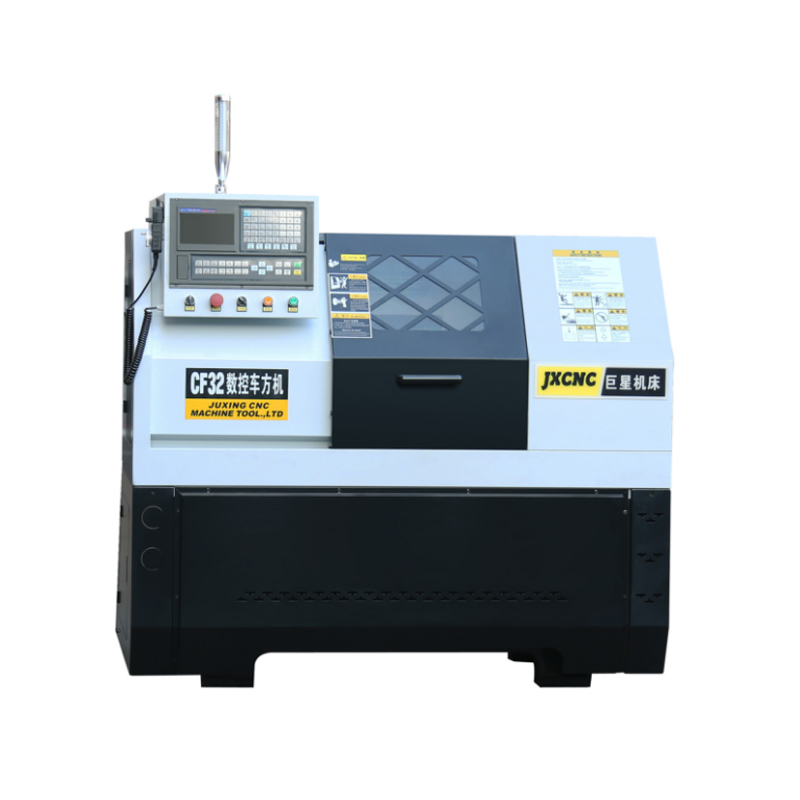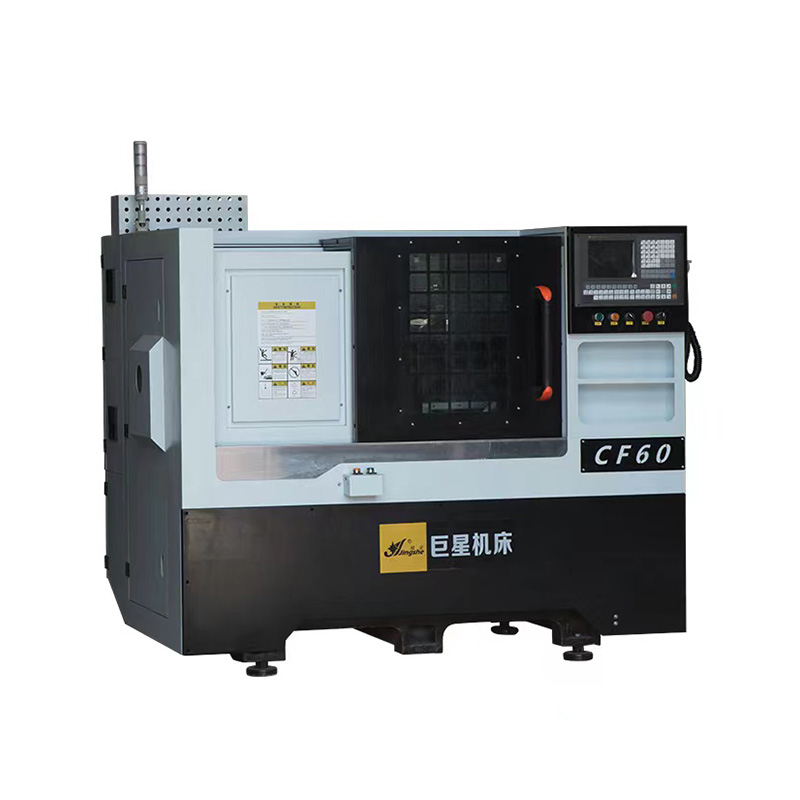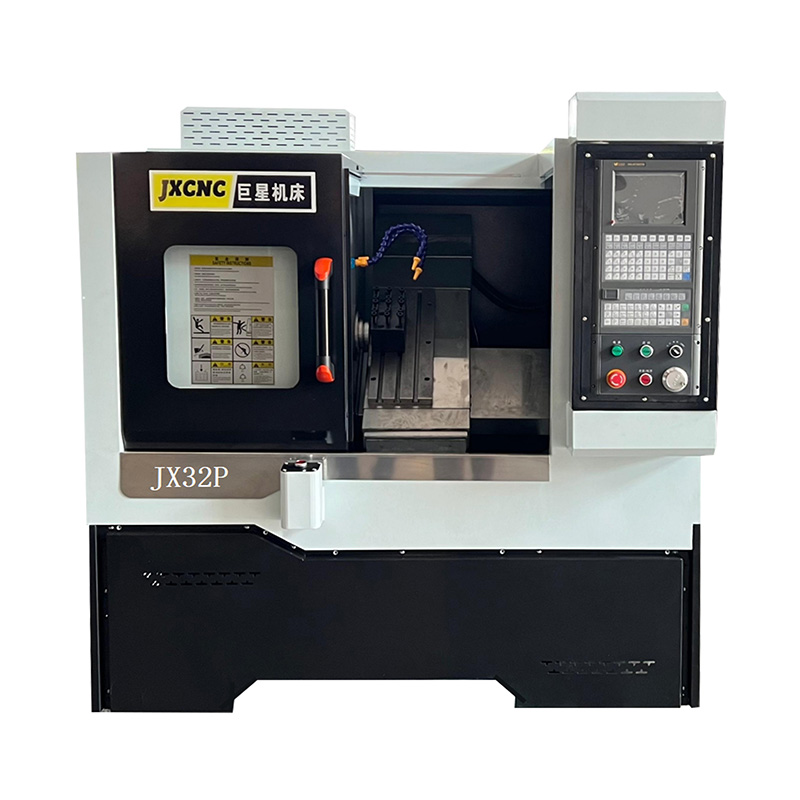CF32 Hydraulic Clamping CNC Polygon Turning Machine
Cat:Small Polygon Lathe
CF32 hydraulic clamping CNC polygon lathe is designed for milling small and medium-sized high-precision parts, which can mill square, octagonal, hexag...
See DetailsThe functional design of a CNC turning machine factory encompasses several critical aspects, from its structural components to its control systems. The machine's frame, spindle, tool turret, and feed mechanisms all play integral roles in ensuring the machine performs at levels.

Machine Frame: The frame is the foundational element of the CNC turning machine, providing stability and rigidity to ensure accurate machining. It must be designed to withstand the vibrations and forces produced during the cutting process, ensuring consistent performance across long production runs. The stability of the frame directly impacts the quality of the parts produced, and as such, it's a crucial component of the design.
Spindle: The spindle is the rotating component that holds the workpiece. The functional design of the spindle involves precision engineering to ensure that it can rotate at varying speeds, depending on the material being machined. A CNC turning machine factory pays particular attention to the spindle's dynamic balancing to reduce vibrations, which can affect the accuracy of the part being produced.
Tool Turret: The tool turret is a key feature that allows for the automated changing of cutting tools. By holding multiple tools, the turret can switch between them without manual intervention, increasing efficiency and reducing downtime. This automation is an essential part of the machine's functional design, allowing it to perform complex operations without requiring constant supervision.
Feed Mechanism: The feed mechanism in a CNC turning machine moves the cutting tool or workpiece along the appropriate axes during the machining process. This motion must be precise and controlled to achieve the required tolerances. The design of the feed mechanism involves careful attention to backlash, ensuring smooth movements, and integrating feedback loops for real-time position monitoring.
Control System: The control system is the brain of a CNC turning machine. It interprets the program and sends commands to the machine's motors and actuators. The CNC turning machine factory typically uses sophisticated software that allows for the precise programming of machining operations. A robust control system is essential for implementing the design's intended functionality, allowing for a high level of automation and customization.
CNC turning machines are designed to handle a variety of materials, from metals like steel and aluminum to plastics and composites. To achieve this versatility, the materials used in the construction of the machine must be durable and resistant to wear. High-quality steel, cast iron, and polymers are often selected for their strength and reliability.
The choice of components is also critical. For instance, bearings, motors, and drive mechanisms must be selected to match the expected load, speed, and precision requirements of the machine. The functional design of a CNC turning machine is often influenced by the specific needs of the CNC turning machine factory, such as the types of parts being produced, the desired production volume, and the level of automation required.
In recent years, CNC turning machines have become increasingly automated, allowing manufacturers to achieve higher levels of productivity. The functional design of modern CNC turning machines often includes automated loading and unloading systems, part measuring devices, and the ability to integrate with other machinery in the production line.
By incorporating these automation features, the machine reduces the need for manual intervention, fewer errors and more efficient production. The design must also consider ease of maintenance, as downtime is a key factor in overall productivity.
Designing a CNC turning machine that meets all functional requirements is a complex process. One of the major challenges is ensuring the machine's performance under varying conditions, such as different material types and machining operations. CNC turning machine factories must design machines that can adapt to a wide range of tasks while maintaining a high degree of precision.
Another challenge lies in the integration of various components, from mechanical parts to electronic systems. Achieving seamless communication between these components is essential for ensuring that the machine operates as intended.

